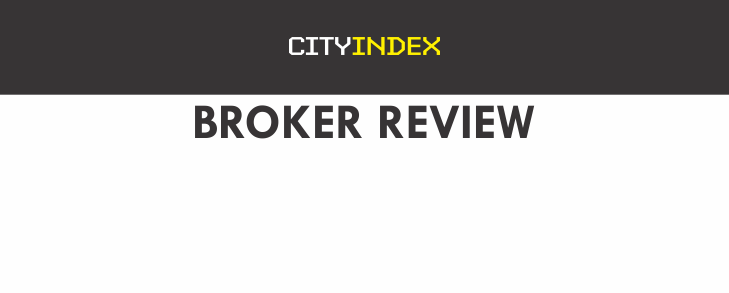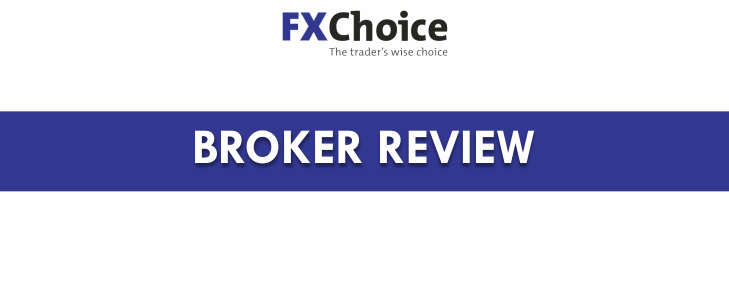Forex Leverage
|
0.00
|
Forex leverage serves as the amplifier for traders’ potential gains, allowing them to utilize their broker’s credit to increase their trading positions. It’s often referred to as the “financial boost” brokers extend to traders. Leverage isn’t uniform; it varies across brokers and trader accounts based on the specific trading conditions and account specifications offered by forex brokers.
High leverage presents an opportunity for significant profits but also carries the risk of substantial losses, potentially exceeding a trader’s invested capital. Therefore, traders must not only consider the potential gains but also understand the importance of calculating the appropriate level of leverage using a Forex Leverage Calculator.
Utilizing The Forex Leverage Calculator Involves Straightforward Steps
● Lot Size: This is a fixed value equivalent to 100,000 units.
● Contract Size: The number of lots (e.g., a contract size of 2 means 2 X 100,000 units).
● Margin: The required margin rate for the trade.
● Trade Open Price: The current market price for the selected currency pair.
After performing these calculations, you’ll obtain the required leverage or the amount of funds necessary to enter the trade.
The formula employed by the Forex Leverage Calculator can be expressed as:
((Lot Size * Contract Size) / Margin) * Trade Open Price * Margin Rate = Required Leverage
By applying this formula, traders can easily determine the capital needed to initiate a trade.
Alternatively, a simplified formula provides the leverage proportion expressed as 1:X (e.g., 1:50, 1:100, etc.):
Trade Size / Trader’s Own Funds = Leverage
Where:
- Trade Size: The total transaction size in monetary terms.
- Trader’s Own Funds: The trader’s available capital in monetary terms.
For example, suppose a trader intends to purchase 100,000 Euros worth 100,000 USD but only has 2,000 USD in their account. In this case:
100,000 USD / 2,000 USD = 50
This calculation indicates that for every unit of the trader’s funds, they need to borrow an additional 50 units. Therefore, the required leverage is 1:50. If the trader’s account offers only 1:20 leverage, they may need to explore higher-level accounts or negotiate with their forex broker to enter this trade.
Alternatively, if the transaction size is 20,000 USD, the trader can enter the trade because:
20,000 USD / 2,000 USD = 10
In this scenario, the trader needs an additional 10 units of funds for every 1 unit they own. If their available leverage is 1:20, they can engage in the leveraged trade with the broker’s support.
It’s crucial to remember that forex trading carries inherent risks, and trading with borrowed funds amplifies these risks. Mixing up Forex Margin and Forex Leverage can lead to financial losses. Leverage facilitates larger trades than the trader’s capital, while Margin serves as a security measure held by brokers to support the trader’s positions. Understanding these concepts is vital to successful forex trading.
BROKER NEWS
New Investment Opportunities for deportees in Spain
BinckBank is a Dutch stock-brokerage. It offers an online trading platform to trade financial assets. The company was founded in 2000. The company was mostly dealing with the professional broker market and banks.

Oil Prices Drop on Worries over Possible Oversupply

Oil Prices Fall as Future Growth Blurs

China Traders Play Down New Feed Guidelines
BROKER NEWS

Axi Renews CFD Sponsorship Deal with Football
The Australian Federal Court has ordered Prospero Markets, a trading broker for forex and CFDs, to shut down and has appointed a liquidator to refund client money. This move follows a demand from the

City Index Review

Forex4you Review




